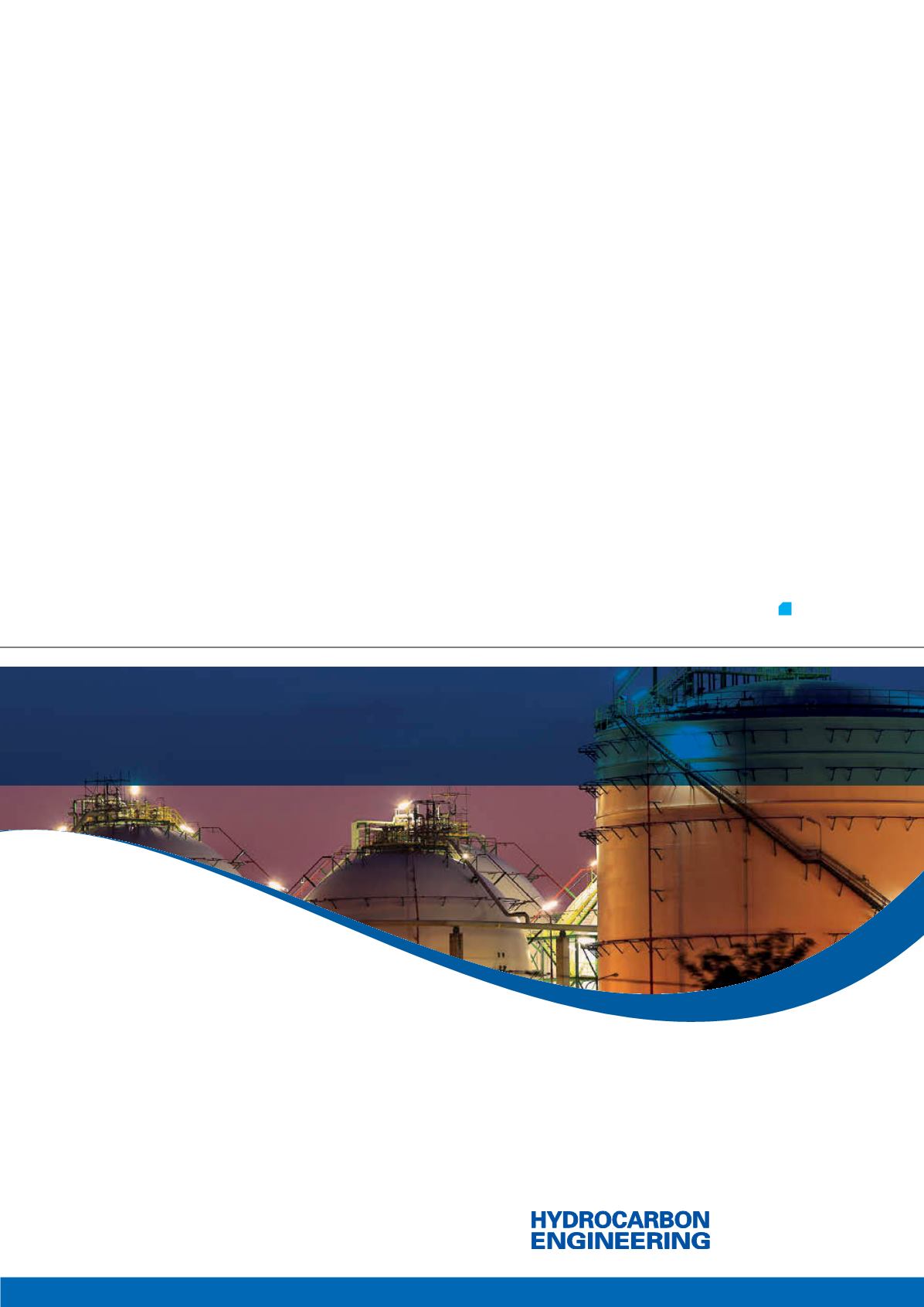
gauging measurement is obviously higher if it is done
manually, but even systems with modern automatic
level gauges, which can accurately measure the tank
level to within less than 1 mm, can contain error. For
example, changes in the tank height from thermal
expansion of the metal shell or hydrostatic pressure
deformation can change the reference point height of
the tank gauge, introducing error.
All of these factors that pose risk of error in tank
gauging increases the chance of measurement error.
Also, tank gauging has no direct means of being verified
by a calibrated standard the accuracy of its
measurement, which means that fundamentally there is
more uncertainty, limiting the accuracy achievable by
this method, where errors can go undetected and can
accumulate. Studies have shown that these
accumulated error points cause tank gauging to be
always positively biased or under registered by
0.27 - 0.67%. At US$50 /bbl for crude oil, the buyer or
seller might be giving away US$15 000 – 35 000 of oil
for each 100 000 bbl transaction.
Metering systems
A metering system, in converse, measures product
characteristics dynamically. The temperature and
pressure transmitters measure the entire product as it
flows through the system, not just a few samples. And
the volumetric prover verifies the meter’s accuracy
during custody transfer measurement, ensuring that any
error in the measurement is known and accounted for.
All of these elements of a metering system make it
much more accurate and repeatable than tank gauging
in custody transfer. A metering system will still have
some error, but the magnitude can be 5 - 10 times
smaller than tank gauging.
Also, because the product is measured with a high
degree of accuracy as it enters or leaves the tank, it
reduces the need for keeping the product static in
tanks or for measurement and sampling. That means
tank operators can turn over tank product more
frequently.
Tank gauging is still essential in order to determine
the inventory of liquid hydrocarbon bulk storage tanks,
but by combining both dynamic and static measuring
techniques will result in beneficial advantages and
result in immediate identification of potential product
loss.
This minimised risk and verifiable accuracy of
metering systems, provides instant accountability in
custody transfer at tank farms. This, in turn, provides
obvious financial benefits, which makes metering
systems much more cost effective than tank gauging for
custody transfer. The initial outlay for a metering
system can seem complex, but a good system design
and meter selection can provide long term stability and
accuracy to pay for itself in a short period of time.
T&T
For indepth
coverage of the
global hydrocarbon
processing sector
Worldwide Coverage
Subscribe online at:


